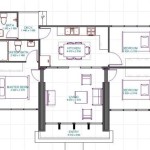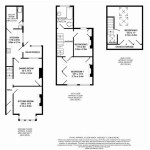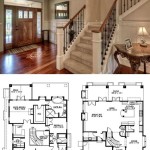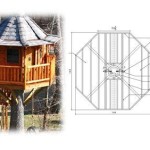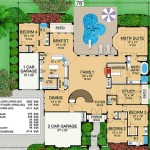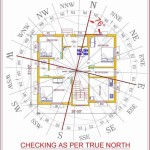Essential Aspects of Japanese Style House Plans
Japanese style house plans encompass a unique blend of traditional aesthetics, functionality, and a profound connection to nature. These plans prioritize open spaces, natural materials, and a seamless flow between indoor and outdoor living, creating serene and harmonious environments.
Traditional Elements
Japanese houses often incorporate traditional elements such as:
- Shoji screens: Sliding paper screens that provide privacy and allow for natural light to filter in.
- Tatami mats: Woven straw floor coverings that create a comfortable and elevated seating area.
- Tokonoma: A recessed alcove used to display artwork or decorative objects.
Open and Fluid Spaces
Japanese houses prioritize open and fluid spaces, creating a sense of spaciousness and interconnectedness.
- Fusuma sliding doors: Large paper-covered sliding doors that can be opened to combine rooms or closed for privacy.
- Engawa: A covered porch that extends the living space outdoors, blurring the lines between inside and out.
- Courtyard gardens: Serene outdoor spaces that bring nature into the home, providing a sanctuary for relaxation.
Natural Materials
Natural materials play a significant role in Japanese house plans, fostering a sense of warmth and connection to the environment.
- Wood: Used for structural elements, flooring, and interior paneling, creating a natural and cozy ambiance.
- Paper: Found in shoji screens, fusuma doors, and lighting fixtures, providing a delicate and translucent effect.
- Bamboo: Utilized for flooring, ceilings, and decorative accents, adding texture and organic beauty.
Indoor-Outdoor Living
Japanese house plans emphasize the connection between indoor and outdoor living, bringing the natural world into the home.
- Large windows and sliding doors: Create seamless transitions between indoor and outdoor spaces.
- Gardens and courtyards: Become an extension of the living area, providing a serene and rejuvenating environment.
- Outdoor seating areas: Allow for relaxation and contemplation amidst nature.
Zen Principles
Zen principles of simplicity, minimalism, and balance are reflected in Japanese house plans.
- Clutter-free spaces: Promote a sense of peace and tranquility.
- Neutral colors: Create a calming and meditative atmosphere.
- Natural lighting: Provides a serene and uplifting ambiance.
Modern Adaptations
While traditional Japanese house plans remain popular, modern adaptations have emerged, blending traditional elements with contemporary design.
- Open floor plans: Create a more spacious and flexible living environment.
- Contemporary materials: Such as glass and concrete, are incorporated to balance traditional aesthetics with modern functionality.
- Smart home technology: Enhances comfort and convenience while maintaining a connection to traditional design principles.
Conclusion
Japanese style house plans represent a harmonious blend of traditional aesthetics, functionality, and a deep appreciation for nature. They prioritize open spaces, natural materials, and a seamless flow between indoor and outdoor living, creating serene and rejuvenating environments. Whether embracing traditional elements or incorporating modern adaptations, Japanese house plans offer a unique and inspiring approach to home design.

Traditional Japanese House Style Plans

Typical Home Layouts Differences Between Japan And Abroad

Traditional Japanese House Floor Plan Google Search Traditionelle Hauspläne Grundriss

Japanese Home Design Ideas Pictures 331 Sqm Homestyler

Prefab Japanese Villa Zenkei Traditional Architecture And Woodwork
In Praise Of The Japanese Imagination Houseplans Blog Com

The Layout Of Ground And First Floor A Traditional Japanese House Scientific Diagram

House Floor Plan Design Plans Traditional Japanese Container Home Style

The Japanese House Basic Elements Of Traditional Residential Architecture めぐりジャパン

Palo Alto Traditional V Japanese Style Studio S Squared Architecture


